推薦產品
等級
analytical standard
品質等級
化驗
≥96.0% (GC)
自燃溫度
1472 °F
儲存期限
limited shelf life, expiry date on the label
技術
HPLC: suitable
gas chromatography (GC): suitable
雜質
≤0.5% water
mp
165-168 °C (lit.)
密度
1.573 g/mL at 25 °C (lit.)
格式
neat
SMILES 字串
OC(=O)CC(=C)C(O)=O
InChI
1S/C5H6O4/c1-3(5(8)9)2-4(6)7/h1-2H2,(H,6,7)(H,8,9)
InChI 密鑰
LVHBHZANLOWSRM-UHFFFAOYSA-N
尋找類似的產品? 前往 產品比較指南
相關類別
一般說明
衣康酸是一种不饱和二碳酸有机酸,是衣康曲霉( Aspergillus itaconicus)的代谢产物。
该物质被列入欧盟第10/2011号法规的阳性清单,用于与食品接触的塑料。
應用
有关合适仪器技术的更多信息,请参考产品分析证书。如需进一步支持,请联系技术服务。
訊號詞
Danger
危險聲明
危險分類
Eye Dam. 1
儲存類別代碼
13 - Non Combustible Solids
水污染物質分類(WGK)
WGK 1
客戶也查看了
Sambamurthy K.
Pharmaceutical Biotechnology, 56(3-4), 289-295 (2006)
T Willke et al.
Applied microbiology and biotechnology, 56(3-4), 289-295 (2001-09-11)
Itaconic acid (IA) is an unsaturated dicarbonic organic acid. It can easily be incorporated into polymers and may serve as a substitute for petrochemical-based acrylic or methacrylic acid. It is used at 1-5% as a co-monomer in resins and also
Mitsuyasu Okabe et al.
Applied microbiology and biotechnology, 84(4), 597-606 (2009-07-25)
More than 80,000 tons of itaconic acid (IA) is produced worldwide each year and is sold at a price of around US$ 2/kg. The IA production yield from sugar is higher than 80 g/l. The widespread use of IA in
Jahminy Sasikaran et al.
Nature chemical biology, 10(5), 371-377 (2014-03-25)
Itaconate (methylenesuccinate) was recently identified as a mammalian metabolite whose production is substantially induced during macrophage activation. This compound is a potent inhibitor of isocitrate lyase, a key enzyme of the glyoxylate cycle, which is a pathway required for the
Metabolism: pathogens love the poison.
Stéphane Ménage et al.
Nature chemical biology, 10(5), 326-327 (2014-04-20)
我們的科學家團隊在所有研究領域都有豐富的經驗,包括生命科學、材料科學、化學合成、色譜、分析等.
聯絡技術服務




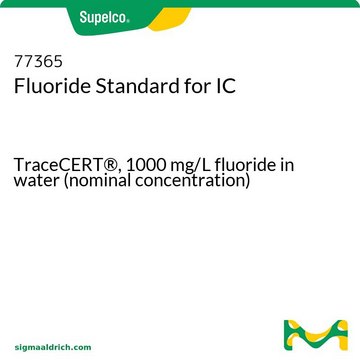


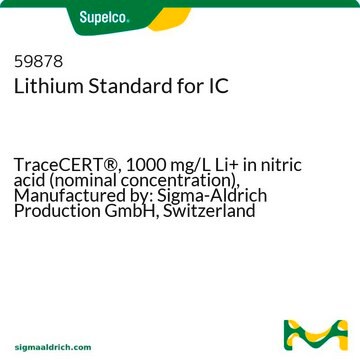


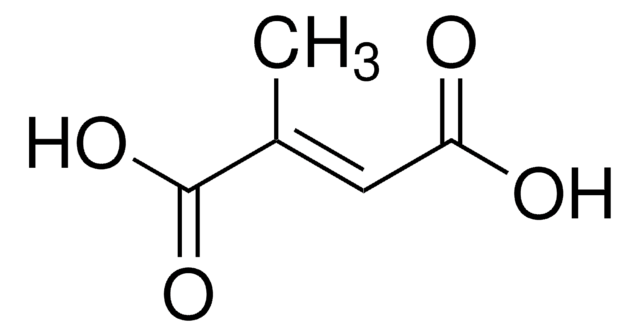

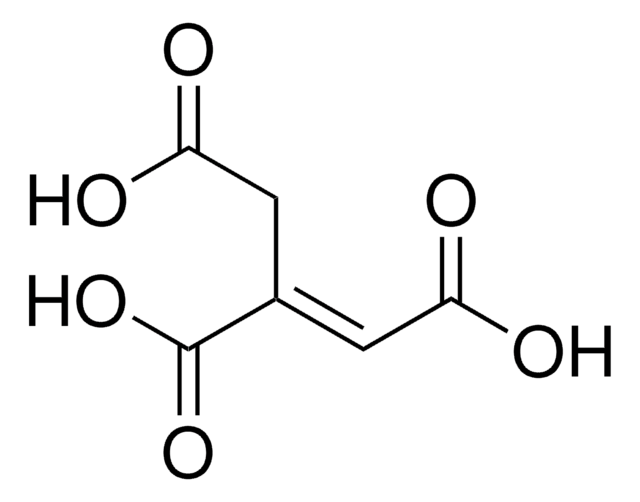
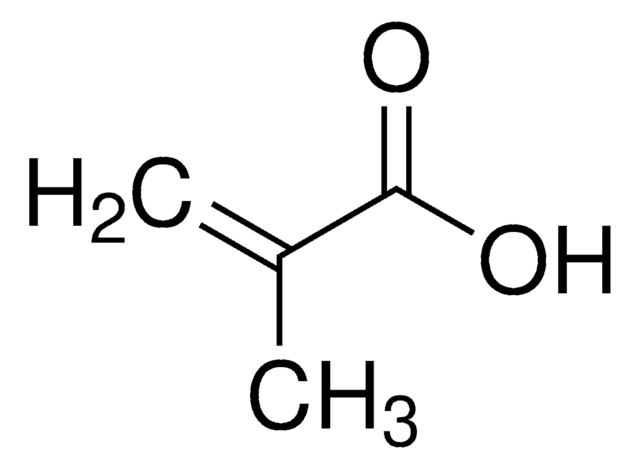
![[2-(甲基丙烯酰氧基)乙基] 三甲基氯化铵 溶液 75 wt. % in H2O](/deepweb/assets/sigmaaldrich/product/structures/316/612/66b0f4cf-d060-427d-b4f5-e8fab3e5cffe/640/66b0f4cf-d060-427d-b4f5-e8fab3e5cffe.png)

